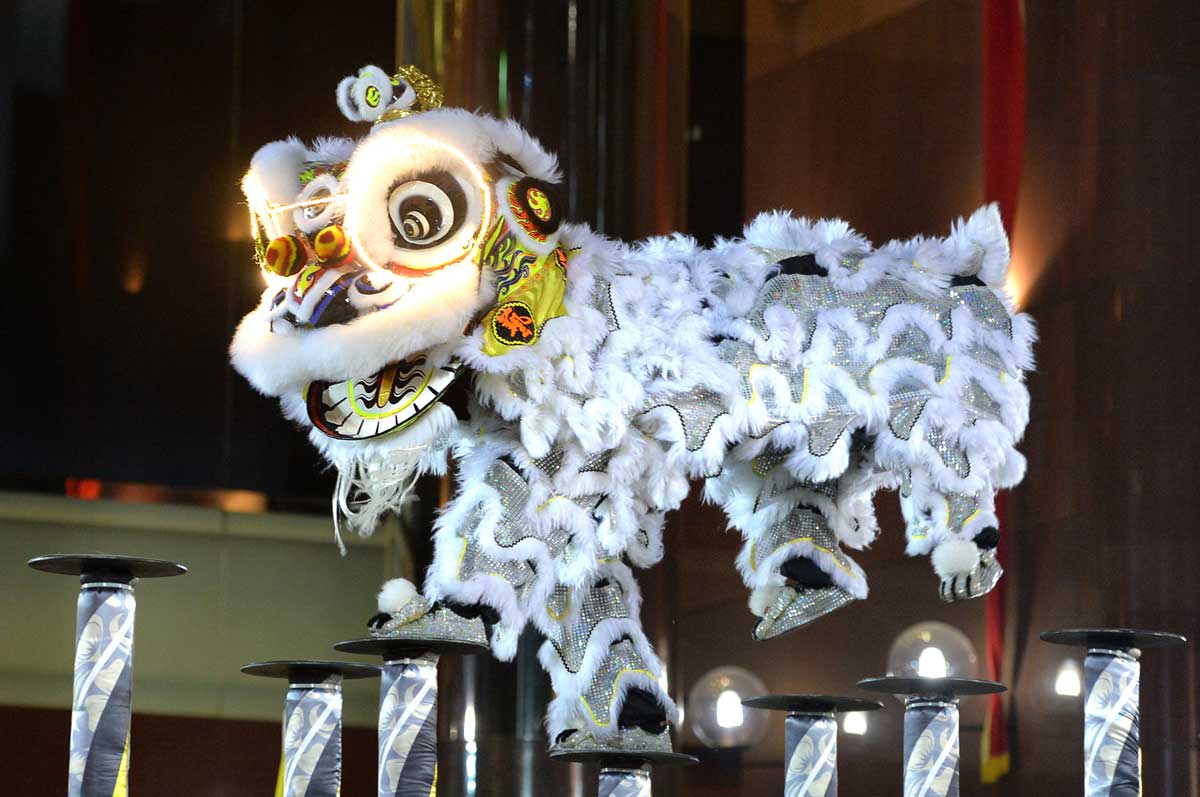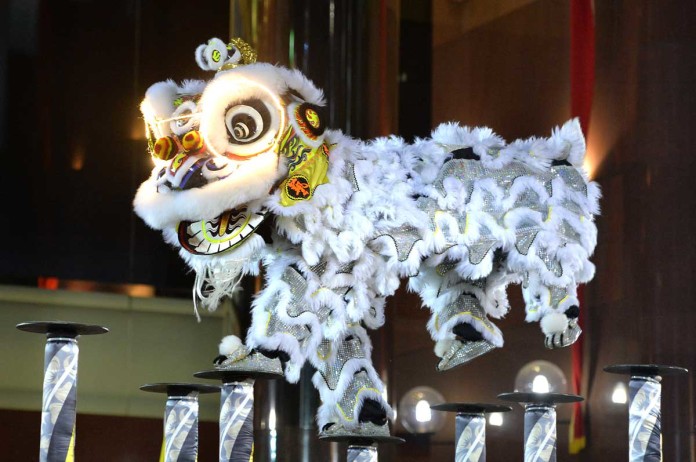SINGAPORE – Often lauded as a paragon of the modern global city, Singapore has experienced rapid transformation over the years. Yet, amid this, it has sought to conserve many of its historic buildings. Examples include recent Architectural Heritage Award winners Sultan Mosque, Church of Saints Peter and Paul, and 72 Club Street, as well as the Capitol Theatre, Capitol Building and Stamford House complex. In most cases, the conservation of heritage buildings has involved extensive restoration and refurbishment through the use of advanced techniques, with some restored buildings subsequently re-appropriated and adapted for new uses.
Heritage conservation, whether in terms of individual buildings or earmarked districts, has served multiple purposes for Singapore’s socio-economic needs and urban redevelopment aspirations.
First, by conserving buildings of historical significance, important elements of Singapore’s national identity and history are preserved. Second, the rejuvenation and adaptation of conserved sites has yielded vibrant locations for recreation, retail activity and tourism.
Heritage conservation has, in other words, brought about both social and economic benefits.
While the success and authenticity of preservation of identity and history remain rightfully and hotly debated, there is no doubt that heritage conservation, particularly of architecture, provides a significant contribution to a city’s storehouse of visual and collective memory.
However, there is a need to look beyond conserving physical buildings and sites to focus on the conservation of social activities and practices associated with these historical sites.
PRESERVING A BUILDING’S ‘ESSENCE’
Buildings do not exist in a vacuum. Rather, a building is enmeshed with the milieu from which it springs – such as the time of its construction to the relationship with its environs, and the lives it shelters and gives space to; all of which sustain its existence.
Despite the emergence of urban malls, businesses in Kreta Ayer and Katong shophouses have fought to persevere as the purveyors of traditional food and craft. These, of course, have slowly dwindled with changes in Singapore’s radically shifting retail and cultural scene.
As the modernisation of Singapore’s urban landscape continues apace, there is a need to conserve not just buildings but the crafts and practices that take place within them as well.
Unesco (United Nations Educational, Scientific and Cultural Organisation) defines traditional craftsmanship as the “tangible manifestation of intangible cultural heritage”. Indeed, Unesco advocates the preservation of the skills and knowledge of craftsmen, not simply craft products.
While existing efforts at urban conservation have tended to focus on the conservation of tangible cultural heritage – physical buildings – there is a corresponding need to place greater emphasis on the conservation of intangible cultural heritage such as traditional crafts, practices, food and clothing.
These include the social practices and rituals that shape the everyday life of a community. For instance, craftsmen make the lion heads that are donned by lion dance troupes – itself a dwindling art form – as a celebration of prosperity and good fortune in homes and businesses, particularly during Chinese New Year.
Similarly, the exquisite craft of Peranakan sarong kebaya “sulam” embroidery is at risk of becoming obscure. Indeed, the demand for these unique trades has fallen with the times.
FOCUSING ON THE EVERYDAY
There is therefore a deeper social reality beneath the physical veneer of what constitutes a heritage building. This is a reality that manifests itself in the traditional crafts and practices that animate the everyday lives of the inhabitants of a physical space.
Without taking into account the social practices, crafts and memories that permeate physical spaces, urban conservation runs the risk of creating “Potemkin villages” (places with a showy facade) that do not capture the diverse and rich social heritage of a physical landscape.
Examples abound of restored heritage buildings becoming converted into air-conditioned malls and filled with big-brand retailers.
Rather, conservation efforts need to address both the tangible and intangible aspects of heritage.
This, in turn, requires a closer understanding of what French philosopher Michel de Certeau terms the “practice of everyday life”. He argues that it is in their everyday practices that users of public spaces re-appropriate these spaces to make them their own.
In a similar way, it is in the everyday lived experience and social interactions between traditional craftsman and community that richly shape the way a building or space is used and remembered.
There is therefore a need to conserve both tangible and intangible cultural heritage. While the conservation of tangible buildings and spaces has been relatively successful in Singapore, there needs to be more effort at conserving the crafts and relationships that underpin heritage buildings and products. Policymakers and urban planners will need to develop a keener sense of the “everyday” that makes up Singapore’s intangible cultural heritage. A more holistic understanding of heritage conservation can ensure that both the form and essence of Singapore are preserved and handed down to future generations.
stopinion@sph.com.sg

This article was first published on November 04, 2016.
Get a copy of The Straits Times or go to straitstimes.com for more stories.







